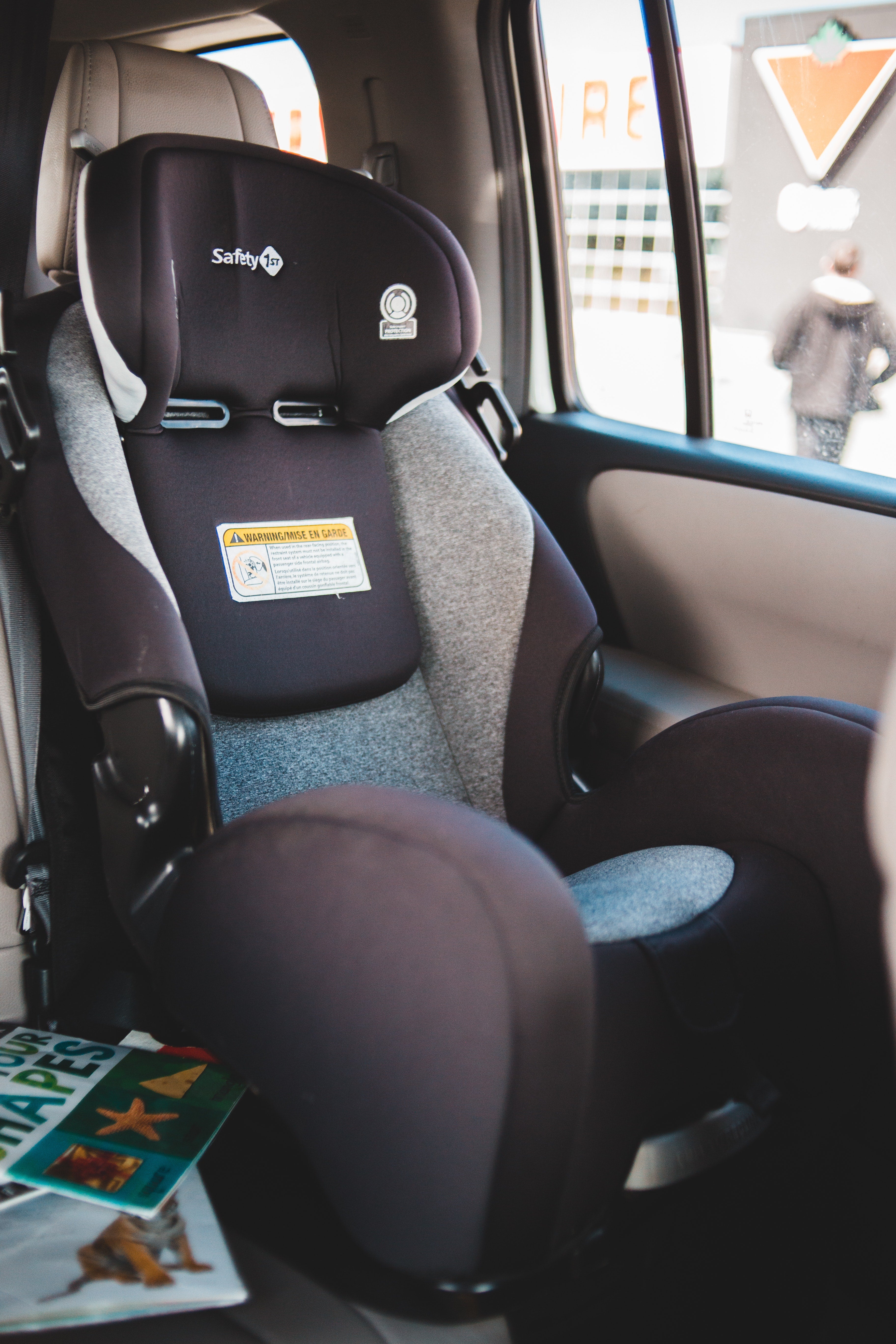At Help Flash, we see safety as a whole, but there are car occupants who, due to their greater fragility and morphology, require additional care and specific restraint and safety systems. We're talking, of course, about children.
Follow our advice and use the most appropriate restraint system for the comfort and safety of your little ones.
According to law, children under 12 years of age, provided they are less than 135 cm tall, must travel in the rear seat and be secured in an approved restraint system adapted to their height and weight. However, Up to 150 cm it is recommended that children continue to use CRS approved for their size and weight.
But there are exceptions here too:
- Children under 3 years old can travel in the front passenger seat using a rear-facing restraint system, but always remember that the airbag in this seat must be deactivated (depending on the car brand, there is a switch (remote control or key) that allows this to be done easily).
- Children aged 3 and over can also travel in the front seat if the car doesn't have seat belts in the rear seat or if one isn't available (as is the case in commercial vehicles or two-seaters, for example).
Attention! Children under 3 years of age are prohibited in vehicles that do not have front and rear seat belts due to their age.
Which child seat should I buy?
The first criterion when purchasing a child car seat is to ensure that it is suitable for the child's size and weight, and that it is comfortable and safe for them. It is also essential that it meets the two standards that must be taken into account: ECE R44 and UN R129 (also known as i-Size) .
Current Regulations
When we talk about child safety in vehicles, it's crucial to start with a firm understanding of current regulations. These standards aren't mere recommendations, but legal requirements designed to protect our children on the road.- ECE R44/04 Regulation : This is the oldest regulation, classifying seats according to the child's weight.
- i-Size regulation (ECE R129) : This is the most recent and is based on the child's height, in addition to promoting the use of rear-facing seats for longer periods of time.
R44 chair regulations
The ECE R44/04 standard is recognized in more than 100 countries around the world. Child car seats are divided into groups according to the child's weight:
Group 0+ (from birth to 13 kg)
Cluster 1 (9 to 18 kg)
Groups 2/3 (15 to 36 kg)
Please note that all children should ride rear-facing until 9 months of age, although it is recommended that this practice be maintained until 4 years of age.
Regulations on child car seats R129/i-Size
The other type of approval label you may find is an i-Size label. The ECE R44 standard is based on the child's weight, while the latest i-Size seats are based on the child's size, making the process easier for responsible adults. In addition, i-Size car seats They have undergone more rigorous testing than the older R44 child car seats and offer improved head and neck protection.
Please note that it is illegal to use a car seat that does not have one of these approvals, and you should always pay attention to the standard code R44. It must be followed by 03 or 04. A car seat manufactured before 1995 and approved according to ECE standards R44/01 or R44/02 is illegal and its use or sale is prohibited.
There are also three types of seat approval depending on their installation:
Universal approval
A universal approval label indicates that the seat is suitable for installation in all cars. If it's an ISOFIX seat, you'll need to use the car's ISOFIX anchor points, including the top tether or support leg. If in doubt, check your vehicle's owner's manual to ensure it's suitable for "child car seats with Universal ISOFIX."
Approval semiuniversal
A homologation label semiuniversal indicates that the child seat is suitable for installation in almost all cars. For peace of mind, check the manufacturer's list of car seat models. If your car's make and model are listed, you can be sure it's suitable for a child seat.
Approval for a specific vehicle
A car seat for a specific vehicle is only approved for use in those vehicles. The vehicle must be listed on the child seat manufacturer's list of vehicle models.
In short, choosing the right car seat for our children is a crucial aspect of road safety, one that requires careful consideration and detailed knowledge of current regulations. It's essential to make informed decisions that not only comply with the law but also provide maximum protection and comfort for young passengers. At Help Flash, we deeply understand the importance of this decision and are committed to offering advice and assistance on all matters related to driving safety. Our goal is to ensure every road trip is as safe as possible, from the correct choice of child safety devices to general tips for responsible driving. Remember, road safety begins with well-informed choices, and at Help Flash, we're here to guide you every step of the way to a safer journey.





